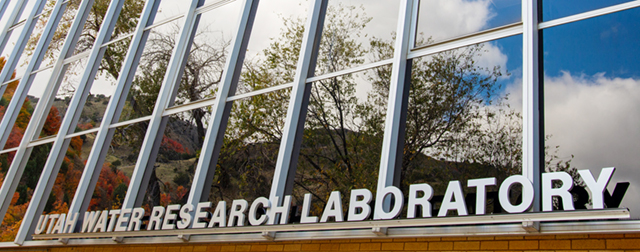Document Type
Article
Journal/Book Title/Conference
Water
Volume
17
Issue
6
Publisher
MDPI AG
Publication Date
3-18-2025
First Page
1
Last Page
24
Creative Commons License

This work is licensed under a Creative Commons Attribution 4.0 License.
Abstract
Although low-head dams in the USA provide water supply, irrigation, and recreation opportunities, many are unknown by regulators. Unfortunately, hundreds of drownings occur each decade at these dams from an entrapment current that can form immediately downstream. To explore the ability of deep learning to scan large areas of terrain to identify the locations of low-head dams, ArcGIS Pro and embedded deep learning models for object-based image analysis were investigated. The State of Indiana low-head dam dataset was selected for model training and validation. Aerial imagery (leaf-off conditions) captured from 2016 to 2018 for the nearly 94,000 km2 area had a minimum resolution of 304.8 mm. A new Python code was developed that automated the generation of training images and searching was limited to 100 m wide river corridors. Due to bank vegetation, all low-head dams were assigned a visibility score to aid in training and performance analysis. A total of 19 backbone models were considered with single shot detection and options for RetinaNet, Faster R-CNN, and batch normalization. Additional identification classes were incorporated to overcome identification of visually similar objects. After four training iterations, the final trained model was a ResNet RetinaNet backbone model featuring 101 layers with an 83% recall rate for dams with high visibility and a 17% recall rate for those with moderate visibility.
Recommended Citation
Crookston, B.M.; Arnold, C.R. Utilizing Deep Learning and Object-Based Image Analysis to Search for Low-Head Dams in Indiana, USA. Water 2025, 17, 876. https://doi.org/10.3390/w17060876


